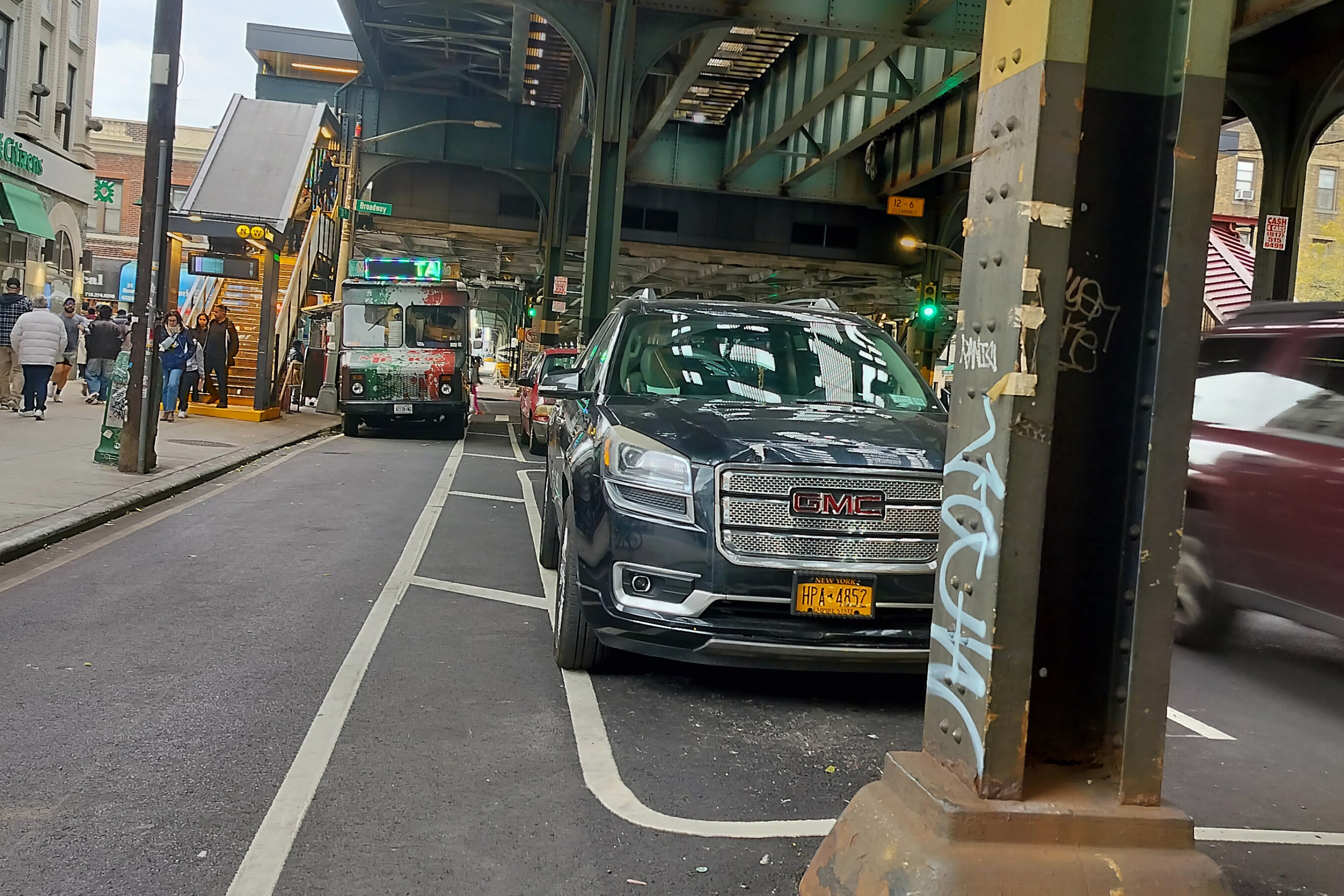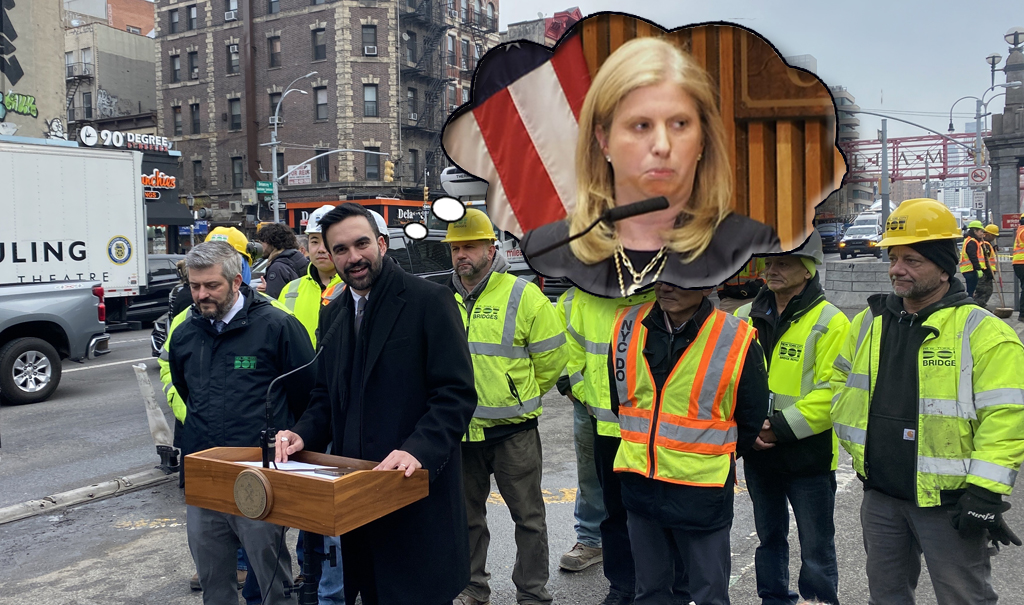You won't find much discussion of traffic violence in Chip Brown's 5,500-word encomium to Manhattan District Attorney Cy Vance, published Wednesday by the New York Times Magazine. Other than noting that dismissals of drunk driving cases are down, according to Vance's office, Brown doesn't broach the subject at all.

To rein in gang violence and other street-level crime, Brown writes, the Vance team maintains close contact with NYPD, keeps a database of public and private surveillance cameras to track suspects, and even investigates unreported shootings through social media. "Their pole star wasn’t convictions but safety, a goal as readily attained by preventing crime as by prosecuting it," writes Brown.
"We ask ourselves, Are we doing everything possible to reduce crime?" said Vance hire Chauncey Parker, whose job, according to Brown, is "dreaming up ideas, no matter how outlandish, that might reduce crime."
It's telling that while diagramming the gee-whiz mechanics behind Vance's "intelligence-driven" approach to crime fighting, no one from the Vance camp highlights any data-centric techniques the DA's office has applied to reducing traffic crashes in Manhattan, which still result in thousands of injuries and deaths per year.
Fortunately, a few paragraphs from another story published yesterday, Jill Abramson's examination of the suffering and grief caused by reckless drivers, and how it is compounded by the failure of New York City law enforcers to seek justice for victims, fill the gap in Brown's piece nicely.
Abramson cites the death of 9-year-old Cooper Stock, killed last January by a cab driver while in a crosswalk with his father, as one example of a deadly crash that resulted in no charges from Vance.
The most frequent complaint voiced by the families of dead pedestrians is the reluctance of the city's D.A.s, especially Manhattan's Cyrus Vance, to file criminal charges against drivers. “In the Cooper Stock case they could have at least suspended the driver's license of the cab driver,” said attorney Matthew Dawes, “they just don't have any cojones.”
This is surprising, because Vance made a campaign vow to abrogate the Rule of Two and to be more aggressive. But early in his tenure, his office had an embarrassing defeat in the case of the death of a 68-year-old woman who was killed by a driver while she was bicycling in Chelsea with her husband over the Fourth of July weekend in 2011.
Her name was Marilyn Dershowitz and she was the sister-in-law of famed law professor Alan Dershowitz. The driver, postal worker Ian Clement, had initially left the scene of the crash. He was acquitted by a jury in 2012.
Since then, there haven't been any high-profile prosecutions by Vance in traffic death cases.
Abramson also quotes Michael Cheung, whose 90-year-old mother Sau Ying Lee was fatally struck in a Chinatown crosswalk in October. Cheung said the prosecutor he met with, ADA Erin LaFarge, "came up with all kinds of excuses to protect the criminal driver."
Excepting instances when the motorist was drunk or left the scene, the number of vehicular crimes cases pursued by Vance is low enough that just about any of them would qualify as "high-profile." This is probably why, when pressed on his failure to hold drivers who maim and kill accountable, Vance and his public relations staff tend to cite the same handful of cases.
Though it doesn't mesh with Brown's characterization of Vance as a trailblazing 21st century crime-buster, there is simply no evidence that traffic violence victims receive the same attention from him as do victims of other types of crime.
Jill Abramson is former executive editor of the Times. A traffic violence victim herself, she authored a moving story on her own experience, shortly before she left the Times organization last spring. There was hope that the NYT might start to give the issue the ink it deserves, as the Times of London has, but it wasn't to be. Were she still at the helm, though, the magazine's Vance profile almost certainly wouldn't have a hole big enough to drive a truck through.





